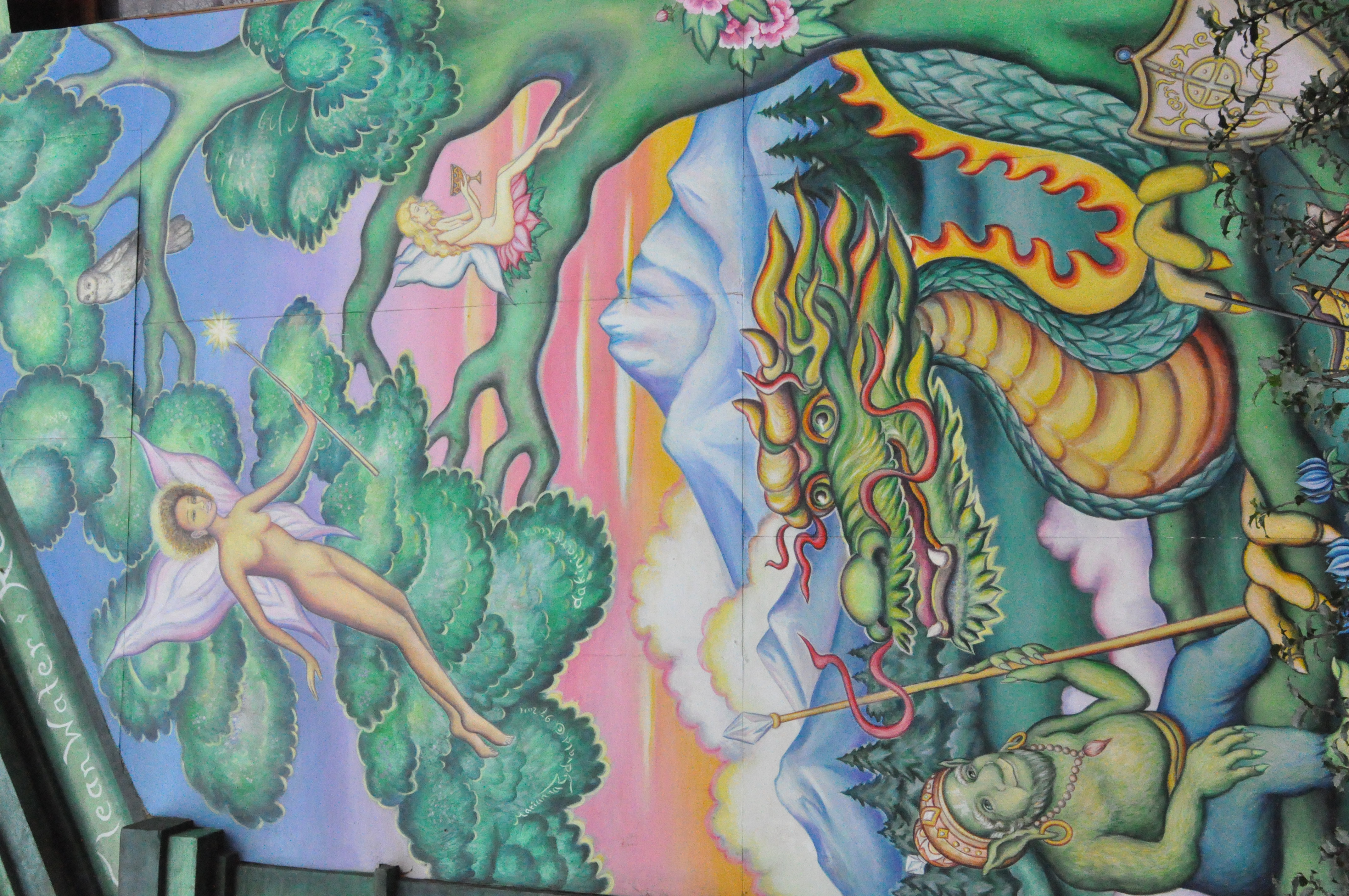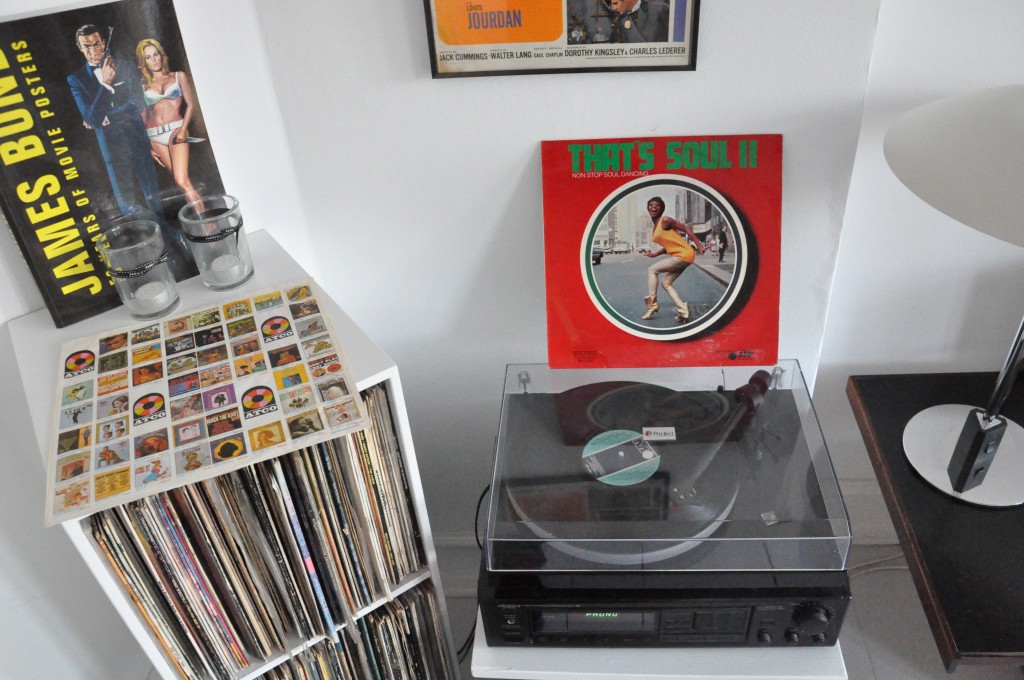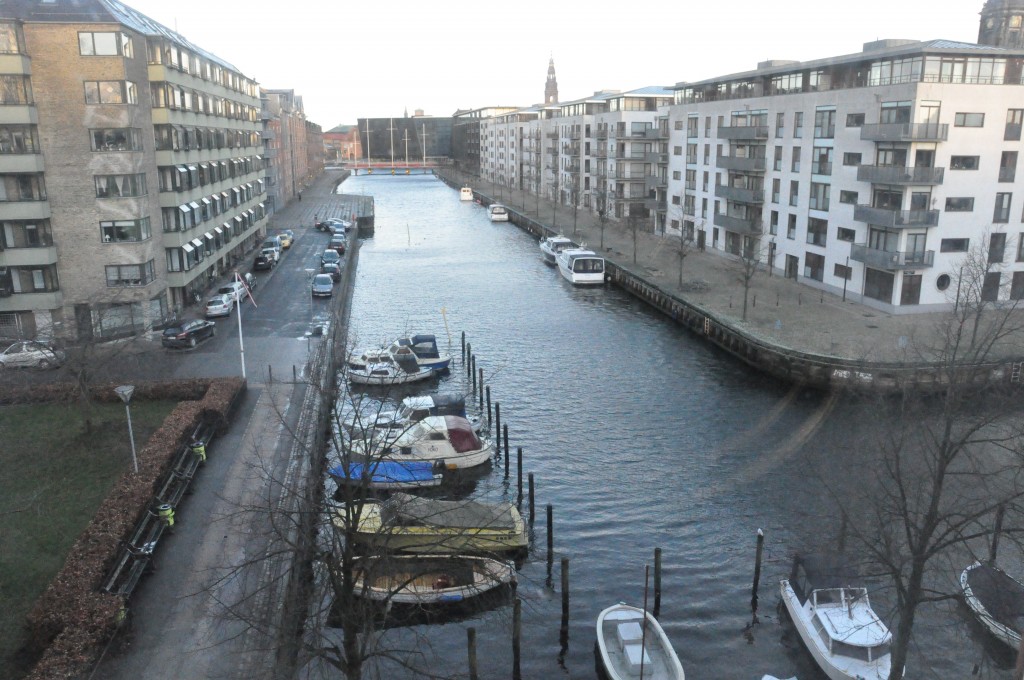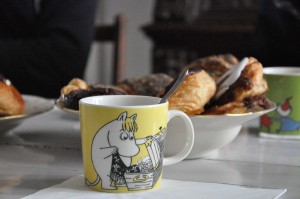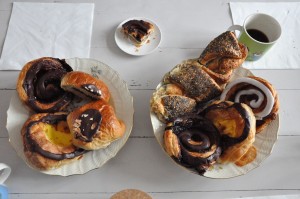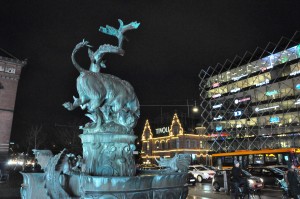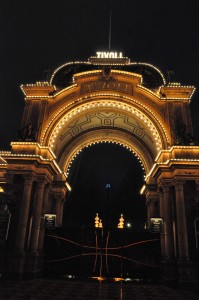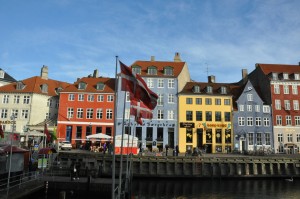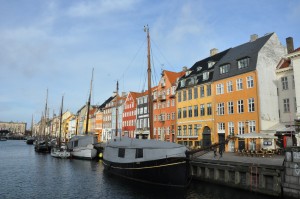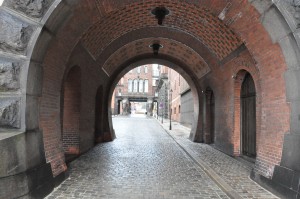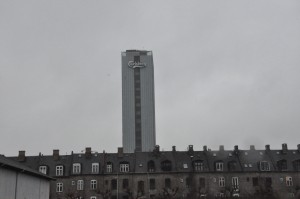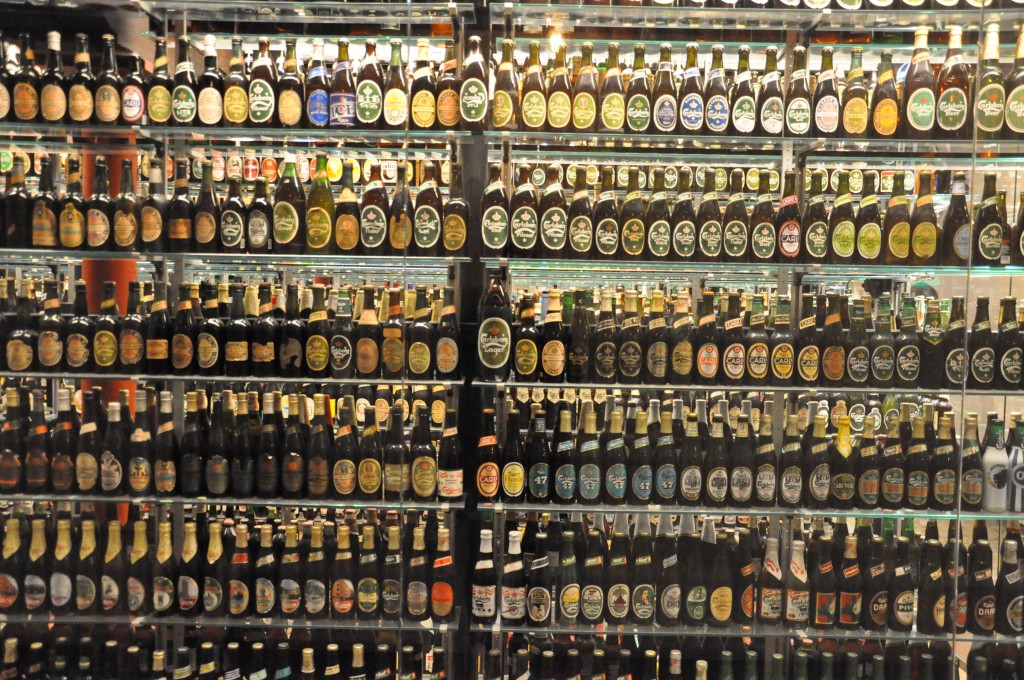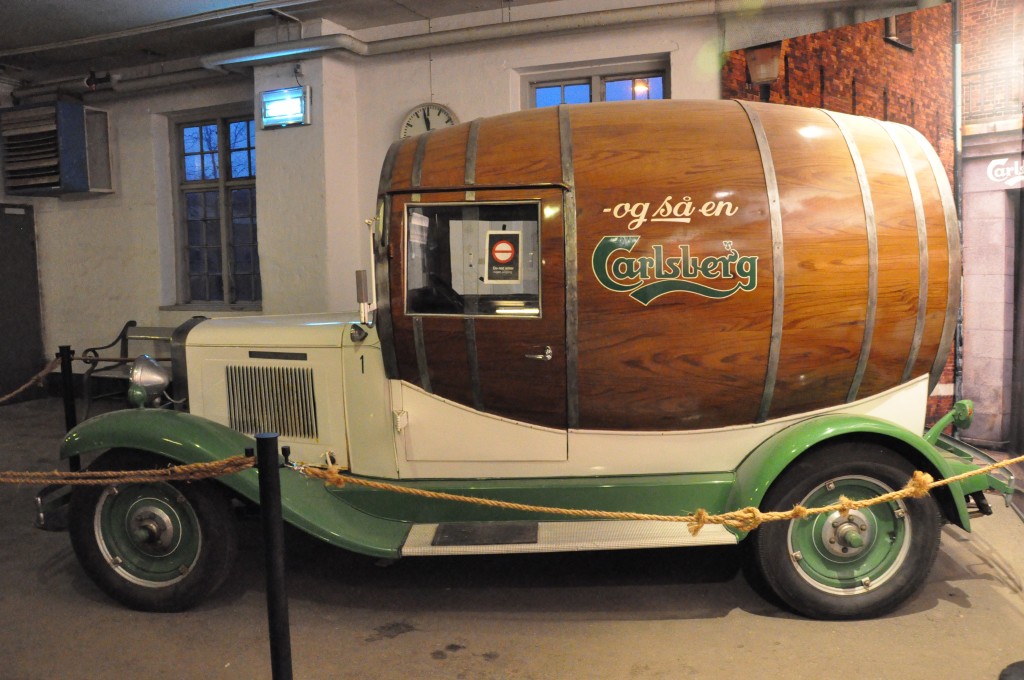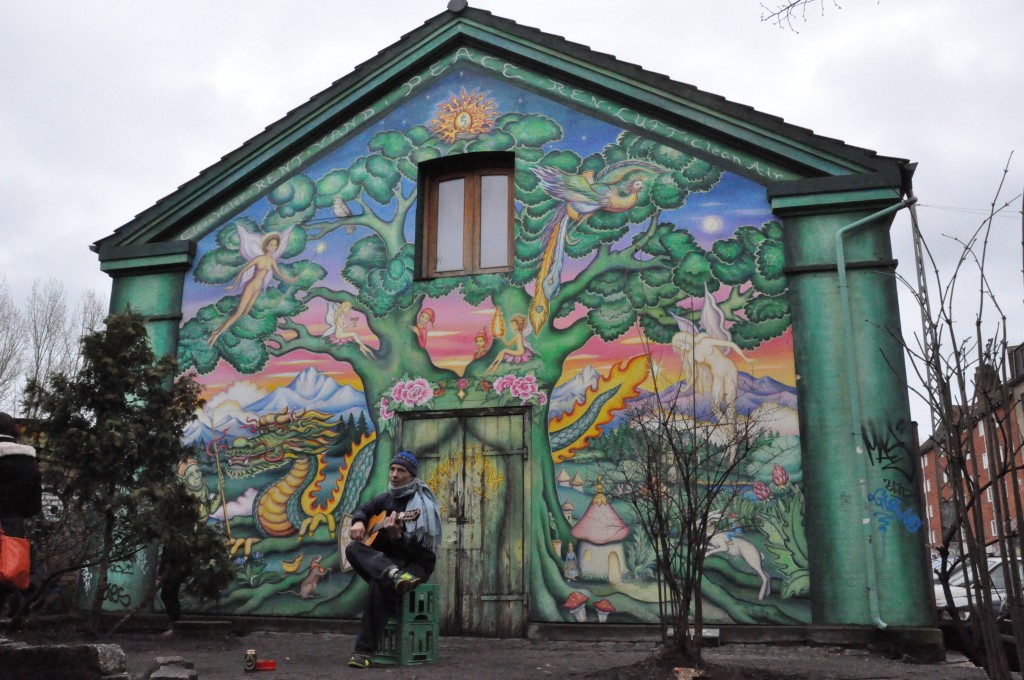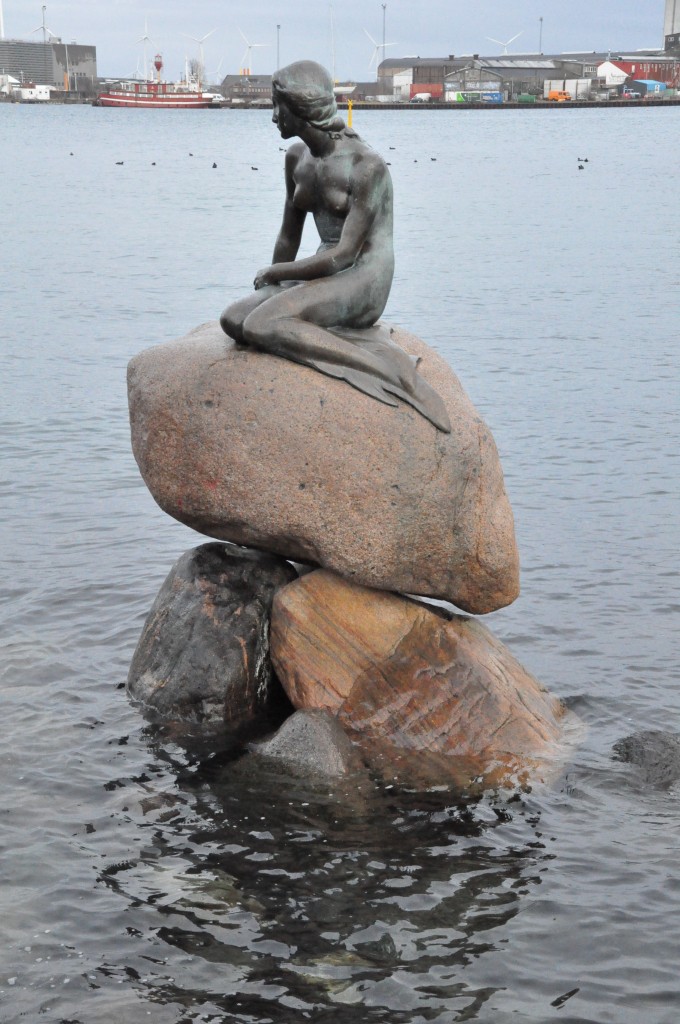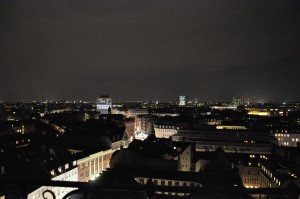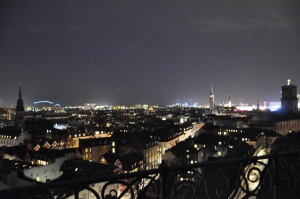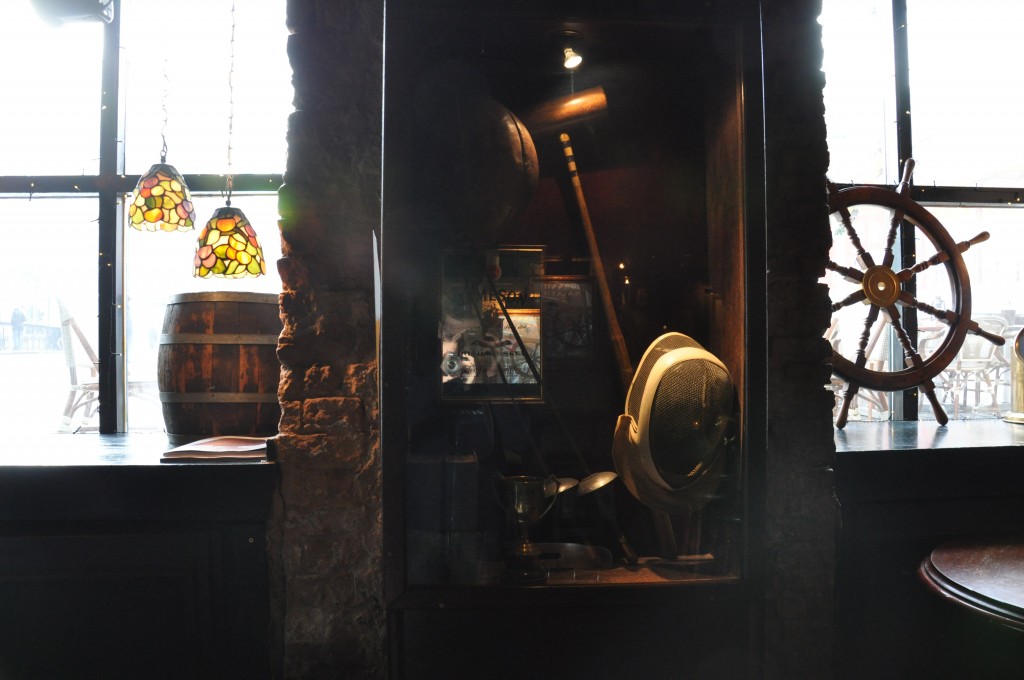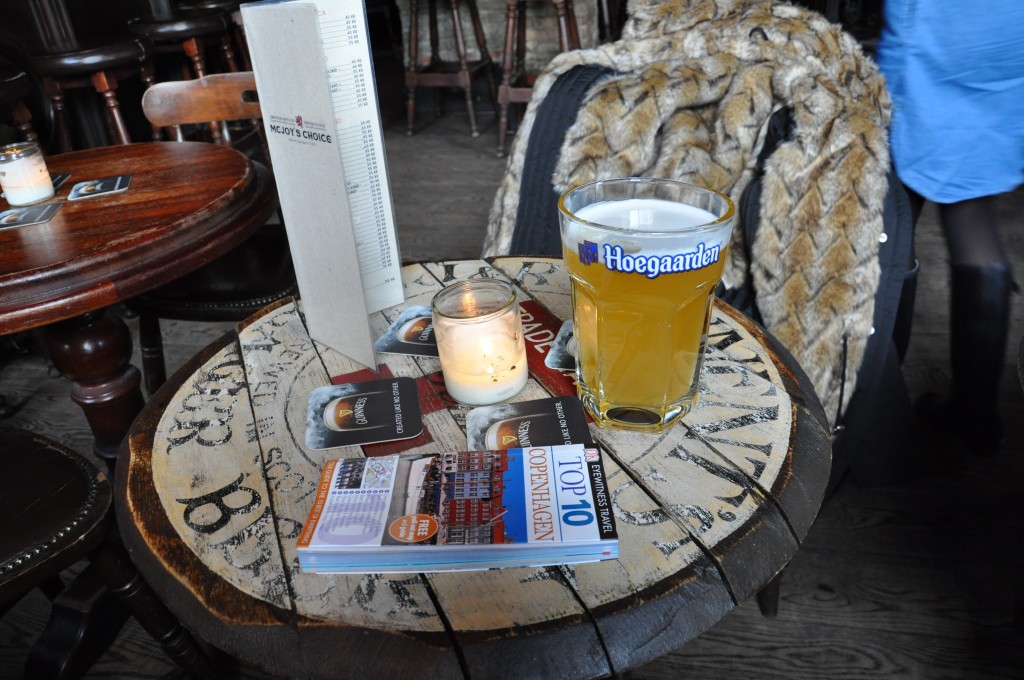Travelling and Trading- Copenhagen
Travelling and Trading- Copenhagen
Happy traders- hej med jer! As they would have said in Danish! I was back from my short end of month (January 2016) trip to Copenhagen. Travelling and trading- trading has allowed me to travel on a regular basis. Have a look at my previous trip to Stockholm. Going to new countries and towns has enabled me to:
1) Take a break from trading
2) Visit a great location
3) Explore new cultures and enjoy life, which is too short to be spent in an office
I am absolutely grateful and that is why I am trying to share my knowledge with you, so you can follow your dreams too and do whatever you like with your free time. For me trading has enabled me to travel, explore new cultures and live a happier life. Such a cliche some would say… but let me share some of my impressions from my last trip with you and you can share with me what you think about it in the comments below.
I believe that the best way to explore happiness is not only to concentrate on one part of your life- career, family, side interests… it is a combination of those factors and as a balanced person, I highly recommend you to visit this beautiful city. According to wikipedia: Copenhagen is the capital and most populated city of Denmark with an urban population of 1,263,698 (as of 1 January 2015) and a metropolitan population of 2,013,009. Founded as a fishing village in the 10th century, Copenhagen became the capital of Denmark-Norway in the early 15th century. Beginning in the 17th century, under the reign of Christian IV of the German House of Oldenburg, Copenhagen developed into an important European regional centre.
Before I proceed with the images from the city itself, I would like to show you the place where me and a few other trading buddies of mine were staying. The first picture shows my favourite part of the living room, where we were having music-disputes after a long day of sightseeing. On top of the gramophone, you can see my most favourite long play- “That’s Soul II“.
When you turn yourself to the right, you can see through the window the “Black Diamond” or the public library and the canal in front of it. It was even better during the night, but taking pictures was the last thing on my mind during the late hours.
End of January/February are not particularly famous months to visit the city and that is why it looks a bit empty. We have organised our trip during these months on purpose. We wanted to explore the authentic atmosphere of the city in our own way. I was grateful to explore different parts of the city, which otherwise are packed with tourists.
Travelling and Trading- The Breakfast
Usually we were having a breakfast at home- buying danish pastry from the local chain of bakeries called Lagkagehuset. The variety of the pastries was incredible and I am sharing with you a couple of very intimate images showing the selection of pastries we had upon arrival:
These “salivating” pictures were taken early in the second morning upon our arrival and every time I look at them, they still make me hungry. Deviating between greed and fear, trying those danish pastries has definitely improved my mental capacity… so much sugar…
One way or another, after devouring such an incredible amount of calories, we were ready for our long days of exploring the city. As we found out later- no matter how cold the days were, people were probably the warmest and friendliest we have ever met somewhere in Europe.
Travelling and Trading- The City
After breakfast, we were usually heading down the bridge of Torvegade to the city centre. For the short stay in the city, we managed to see some of the biggest attractions. Some of which were closed, so we needed to use our detective sense of orientation and city guides to go to the next stop. One of the major attractions and probably number one in every guide was: Tivoli
The famous Tivoli attraction was unfortunately closed. Nevertheless, it still looks quite impressive even when it is closed. Tivoli Gardens (or simply Tivoli) is a famous amusement park and pleasure garden in Copenhagen, Denmark. The park opened on 15 August 1843 and is the second-oldest operating amusement park in the world… Now you understand why we were a bit upset when we realised it is closed…but in the end that was just one of the places that we were supposed to visit. There was one more place of interest that was closed and I really wanted to visit- the Museum of Copenhagen…
Just like trading the financial markets- sightseeing a new city offers its ups and downs. We were lucky enough not to be surrounded by too many tourists, but on the other side, some of the famous places were closed. That gave us another advantage- to visit some of the less visited places of interest, like local pubs from 1850 and a very small restaurant in the oldest building in Copenhagen, where H.C. Andersen was dining on a regular basis- Kong Hans Kaelder.
Let’s continue with the more famous places, though. Another brilliant spot that we went to was the Nyhavn. Nyhavn (or New Harbour) is a 17th-century waterfront, canal and entertainment district in Copenhagen. Stretching from Kongens Nytorv to the harbour front just south of the Royal Playhouse, it is lined by brightly coloured 17th and early 18th century townhouses and bars, cafes and restaurants as you can see below. It was probably one of the most romantic places (ideal for the 14th of February). Let’s have a look at some of the images I have taken during day and night…
As colourful as it gets, Nyhavn was one of my favourite spots to hang out especially during the nights. The plethora of colours is giving an incomparable to any other city charm. The city of Copenhagen is pretty compact and you can easily walk from one side to the other within a couple of hours. Even so, some might be misled by its size and leave a lot of beautiful sights unexplored. For me, a visitor should stay at least 5-7 days in order to capture the soul of the city…
Travelling and Trading- The City 2
Continuing our city sightseeing, we stopped at a few other interesting places. The one that is going to attract a lot of attention (especially among the beer-lovers) is the Carlsberg museum. It was a great exBEERience! I bet that a few of you (not counting the Danish) know that Carlsberg is “Made in Denmark”. You will need at least 4-5 hours in order to exBEERience the atmosphere accordingly. There is a beer tasting event taking place every few hours- make sure you visit one of these. All in all, the place was charming and the atmosphere inside the factory was invigorating. In the exhibition room, there were over 35,000 different types of beer from all around the world.
From the Carlsberg museum, we continued our sightseeing tour to the “Hippie” neighbourhood as they call it or Christiania. It is a self-proclaimed autonomous neighborhood of about 850 residents, covering 34 hectares (84 acres) in the borough of Christianshavn (where we were staying). Civic authorities in Copenhagen regard Christiania as a large commune, but the area has a unique status in that it is regulated by a special law, the Christiania Law of 1989, which transfers parts of the supervision of the area from the municipality of Copenhagen to the state. It was closed by residents in April 2011, whilst discussions continued with the Danish government as to its future, but is now open again. There is only one picture I took and that is because it is prohibited to do two things in this neighbourhood: 1) taking pictures 2) running. Therefore, we were walking very slowly and hiding all cameras, telephones and iPads. The picture below does reflect the easy-going status of the place:
The next day we visited a few more places amongst which the most famous statue in the city- The Little Mermaid. It is a symbolic place that gathers tourists attention like a flash crash flocks traders in font of their screens. Based on the fairy tale by the Danish author Hans Christian Andersen( the one that I mentioned earlier), the small and unimposing statue is a Copenhagen icon and has been a major tourist attraction since 1913. In recent decades it has become a popular target for defacement by vandals and political activists. No matter what other say, I was not 100% convinced that this is the best attraction in Copenhagen. What do you think?
After we finished with the Little Mermaid attraction, it was already getting late, so we headed towards the Strøget, which is probably the longest pedestrian shopping street in Europe- at 1.1km. The pedestrianisation of Strøget in 1962 marked the beginning a major change in the approach of Copenhagen to urban life; following the success of the initiative the city moved to place a much greater emphasis on pedestrian and bicycle access to the city at the expense of cars. This approach has in turn become internationally influential. There we went to the round tower and oldest functioning observatory in Europe- Rundetaarn. From the top I made those lovely night pictures of Copenhagen:
This was our last night in Copenhagen and we enjoyed it with a nice dinner with local food, which included the famous open sandwiches and Carlsberg beer… Next day we were flying back, but we still managed to make a boat tour and visit the Museum of Denmark, which was quite impressive.
In between, we’ve managed to squeeze a quick lunch and beer in a pub that was decorated with antiques, as can be seen from the pictures below:
Since every trip has a beginning and an end, we ended up this wonderful short stay with the memory of the warm people and the cold weather. I had mixed feelings- a bit nostalgic for leaving this amazing city, very happy that I have seen one of the greatest Nordic countries and extremely grateful that trading has enabled me to enjoy life in a way that with no other full-time job would have been possible.
Travelling and Trading- Conclusion
My conclusion would be just seven words- Trade, Travel, Always Enjoy Your Short Lives





